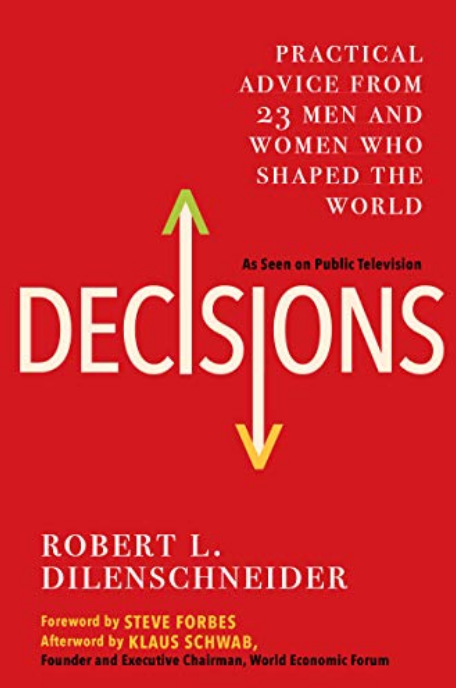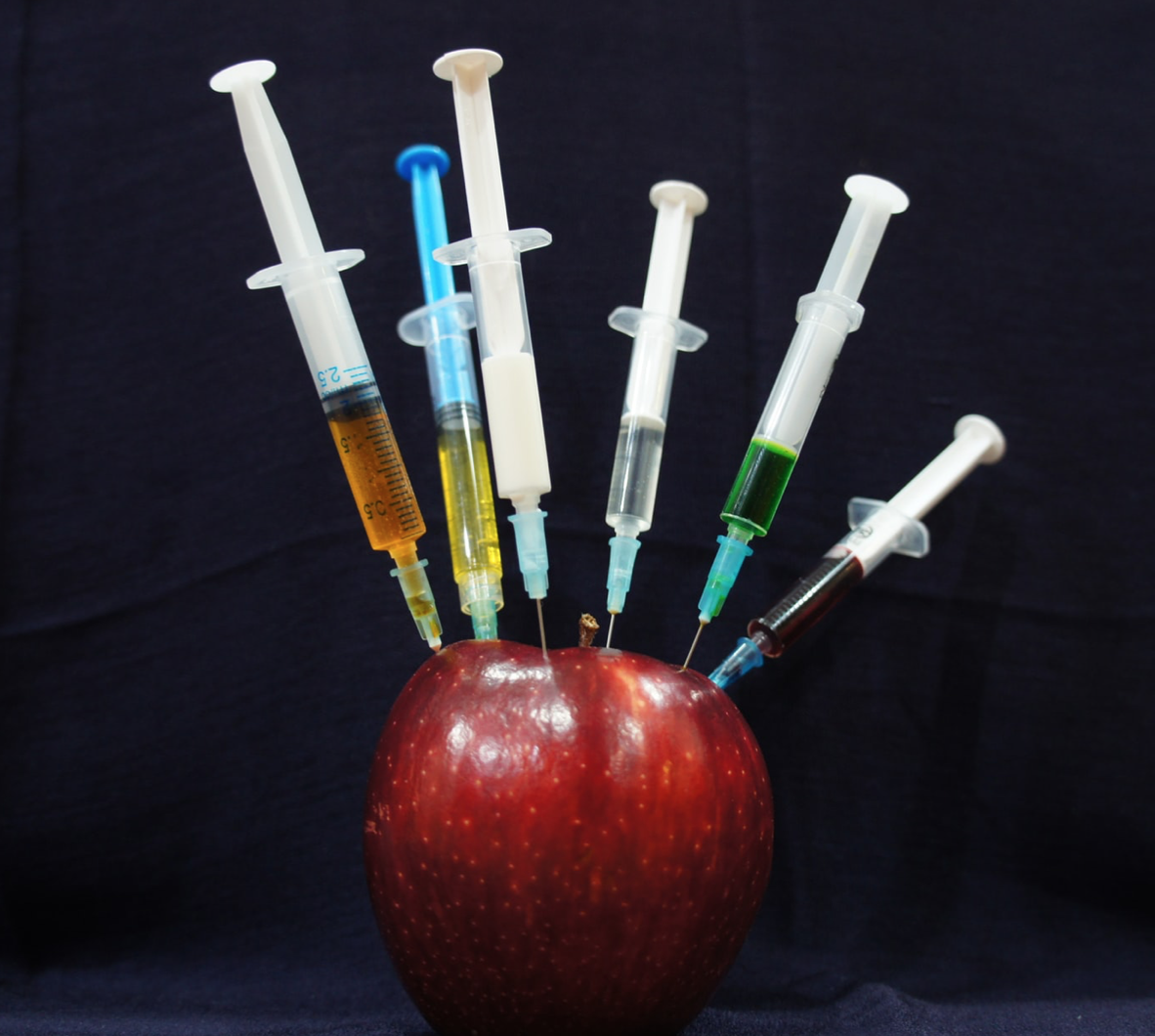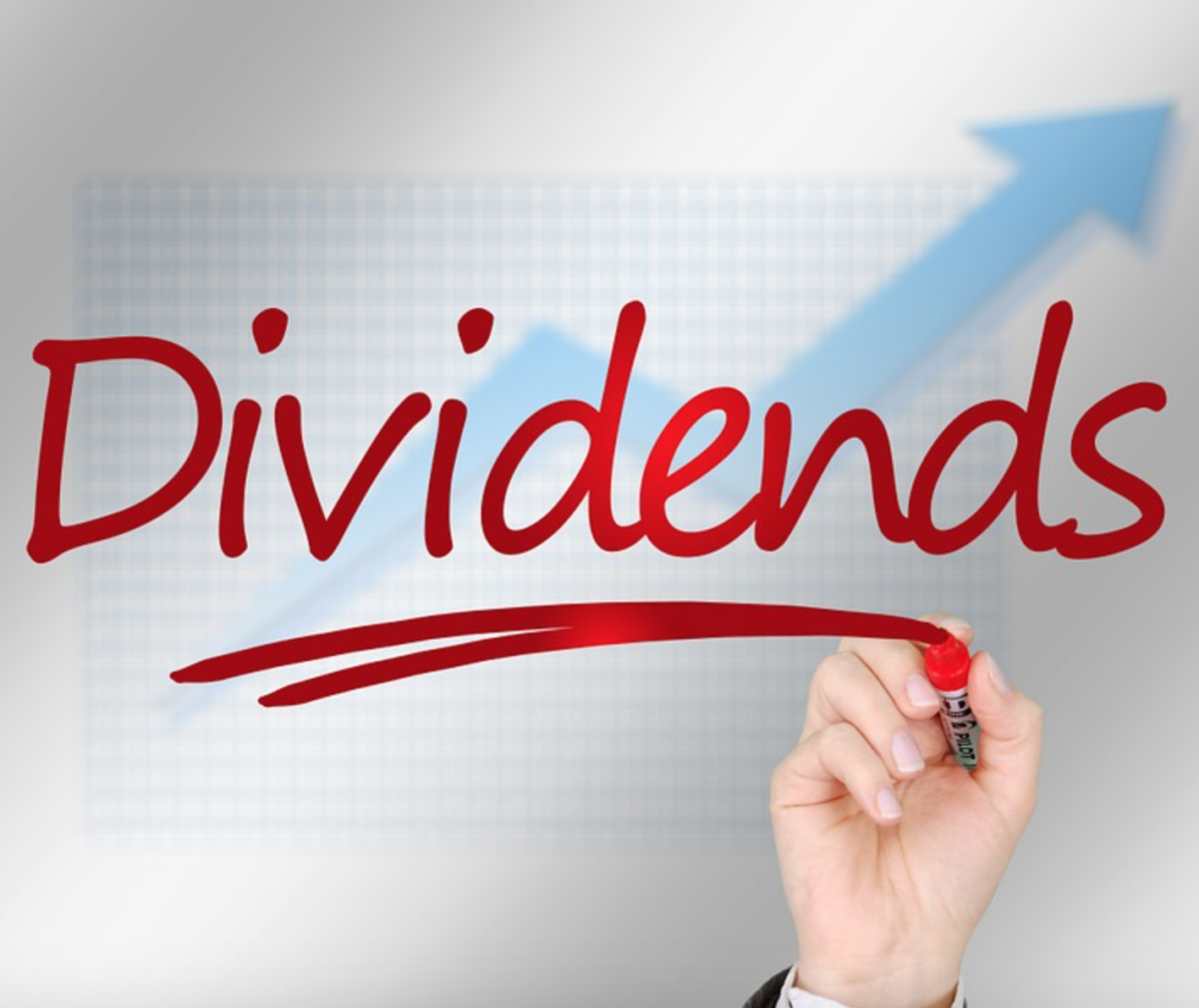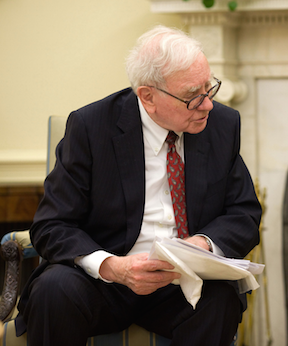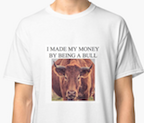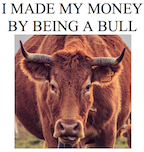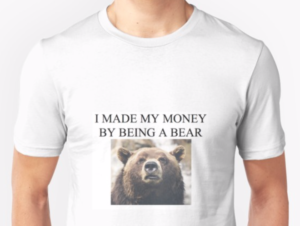by Fred Fuld III
Many stocks in the biotechnology sector have dropped significantly in the last couple months, which might offer some buying opportunities. If any of these stocks are heavily shorted, then the potential gains can be substantial. When a shorted stock starts rising fast for any reason, short sellers scramble to cover their positions by buying the stock, and thereby driving up the price of the stock even more.
So how can you make money on the long side from short squeezes? One technique that stock traders utilize is buying short squeeze stocks, companies have been heavily shorted. Here is a more extensive explanation of what a short squeeze is.
When you short a stock, it means that your goal is to make money from a drop in the price of a stock. Technically, what happens is that you borrow shares of a stock, sell those shares, then buy back those shares at a hopefully lower price so that those shares can be returned. This all happens electronically, so you don’t actually see all the borrowing and returning of shares; it just shows up on your screen as a negative number of shares.
Short selling can be profitable, but sometimes when a stock moves against a short seller, and begins to rise, the short sellers jump in right away to buy shares to cover their positions, creating what is called a short squeeze. When a short squeeze takes place, it can cause the share prices to increase in price very quickly. Any good news can trigger the short squeeze.
Some traders take advantage this situation by looking for stocks to buy that may have a potential short squeeze. Here is what a short squeeze trader should look at:
Short Percentage of Float ~ The float is the number of freely tradable shares and the short percentage is the number of shares held short divided by the float. Amounts over 10% to 20% are considered high and potential short squeeze plays.
Short Ratio / Days to Cover / Short Interest Ratio -This is probably the most important metric when looking for short squeeze trades, no matter what you call it. This is the number of days it would take the short sellers to cover their position based on the average daily volume of shares traded. This is a significant ratio as it shows how “stuck” the short sellers are when they want to buy in their shares without driving up the price too much. Unfortunately for the shortsellers, the longer the number of days to cover, the bigger and longer the squeeze.
Short Percentage Increase ~ This is the percentage increase in in the number of short sellers from the previous month.
Here is one example. Corcept Therapeutics (CORT) is a stock that is very heavily shorted. As a matter fo fact, 21.4% of the float is shorted. Plus, the short interest ratio is 22.9. That means it would take the short sellers almost 23 days to cover their positions, based on the number of shares that trade each day on average. Any good news good send the price of the stock soaring. Then again, any bad new could make the short sellers profitable. The stock trades at 18.1 times trailing earnings and 13.7 times forward earnings, and has a market cap of over $1.4 billion.
So what other biotechnology stocks are heavily shorted that may be worth a closer examination? Ligand Pharmaceuticals (LGND) has an incredible 45.6% of the float shorted. Plus 25.4 days to cover for the short interest ratio. The stock has a trailing price to earnings ratio of 3.2 and a forward P/E ratio of 23.2. The market cap is $1.6 billion.
One other heavily showed biotech is Ziopharm Oncology (ZIOP), with a market cap of $835 million. The short interest ratio is an extremely high 34.8, which means it could take short sellers over 34 days to cover their position. It has a trailing P/E of 8.07.
Maybe a short squeeze stock can cure your trading portfolio. But remember the risk, often stocks are heavily shorted for a reason.
Disclosure: Author didn’t own any of the above at the time the article was written.

